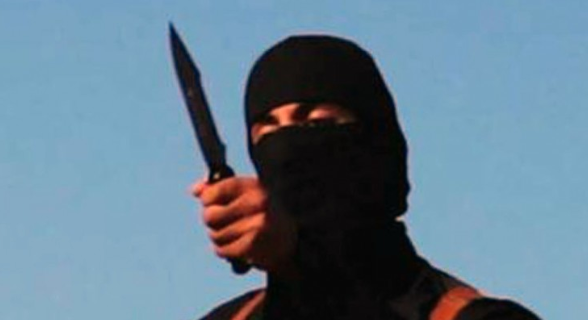The United States should pay attention to the threats from Somalia-based terror group al-Shabaab.
On Jan. 31, al-Shabaab lost high level commander Yusef Dheeq and 45 other al-Shabaab militants in a drone strike. Less than a month later, on Feb. 21, the group released a propaganda video calling for Western-based extremists to “target the disbelievers wherever they are.”
The British-accented spokesman proposed hypothetical attacks on some of the largest malls and shopping areas in the West, highlighting the late September 2013 attack on the Westgate shopping mall in Kenya as an example. The list of al-Shabaab targets includes the West Edmonton Mall in Canada, Oxford High Street in London, any of the Jewish-owned Westfield malls and even the Mall of America in Minnesota.
This latest provocation by al-Shabaab indicates the Islamist extremist group still poses a threat to the U.S. and its interests.
While the Department of Homeland Security and the Federal Bureau of Investigation have downplayed the threats, they should be taken seriously because of the increased prevalence of independent, remotely-radicalized actors carrying out attacks in Western nations. The recent attacks in Copenhagen and Paris are perfect examples of how terrorist groups active overseas can inspire and ignite terrorist activities in the capitals of Europe and the U.S.
Though many of the world’s foreign fighters are now flooding to the Islamic State, al-Shabaab’s sophisticated recruiting strategies still make Somalia a top destination for jihadists.
The recent provocation by al-Shabaab also shows why President Obama was incorrect to claim success in Somalia during his speech about ISIS in September 2014, when he stated, “This strategy of taking out terrorists who threaten us, while supporting partners on the front lines, is one that we have successfully pursued in Yemen and Somalia for years.”
The capital of Somalia, Mogadishu, continues to come under near daily terrorist attacks and despite U.S. support for the Somali National Army and African Union Mission in Somalia their ability to eliminate al-Shabaab remains a significant challenge.
According to the Worldwide Threat Assessment, the fighting in Somalia between the African Union Mission in Somalia and al-Shabaab has assumed a cyclical pattern: al-Shabaab is pushed out of a piece of territory by security forces, but then the forces are unable to completely clear and hold the territory, allowing al-Shabaab to reclaim control.
The security forces’ inability to completely eliminate al-Shabaab’s areas of operations has been attributed to troublesome clan dynamics, issues with corruption and reluctance to commit to ground operations during the rainy season.
Though many of the world’s foreign fighters are now flooding to the Islamic State, al-Shabaab’s sophisticated recruiting strategies still make Somalia a top destination for jihadists. Reports indicate ISIS fighter, Mohammed Emwazi, aka “Jihadi John,” sought to fight with al-Shabaab and attempted to travel to the Horn of Africa.
The group released this propaganda video depicting militants living a rustic lifestyle on fertile land, with free roam, regular religious services, ample food and action-packed battles alongside their terrorist brothers.
It would be a mistake for U.S. and Western officials to dismiss al-Shabaab as a rag-tag militia and its threats as empty, when the group continues to actively participate in the global Islamist insurgency.

